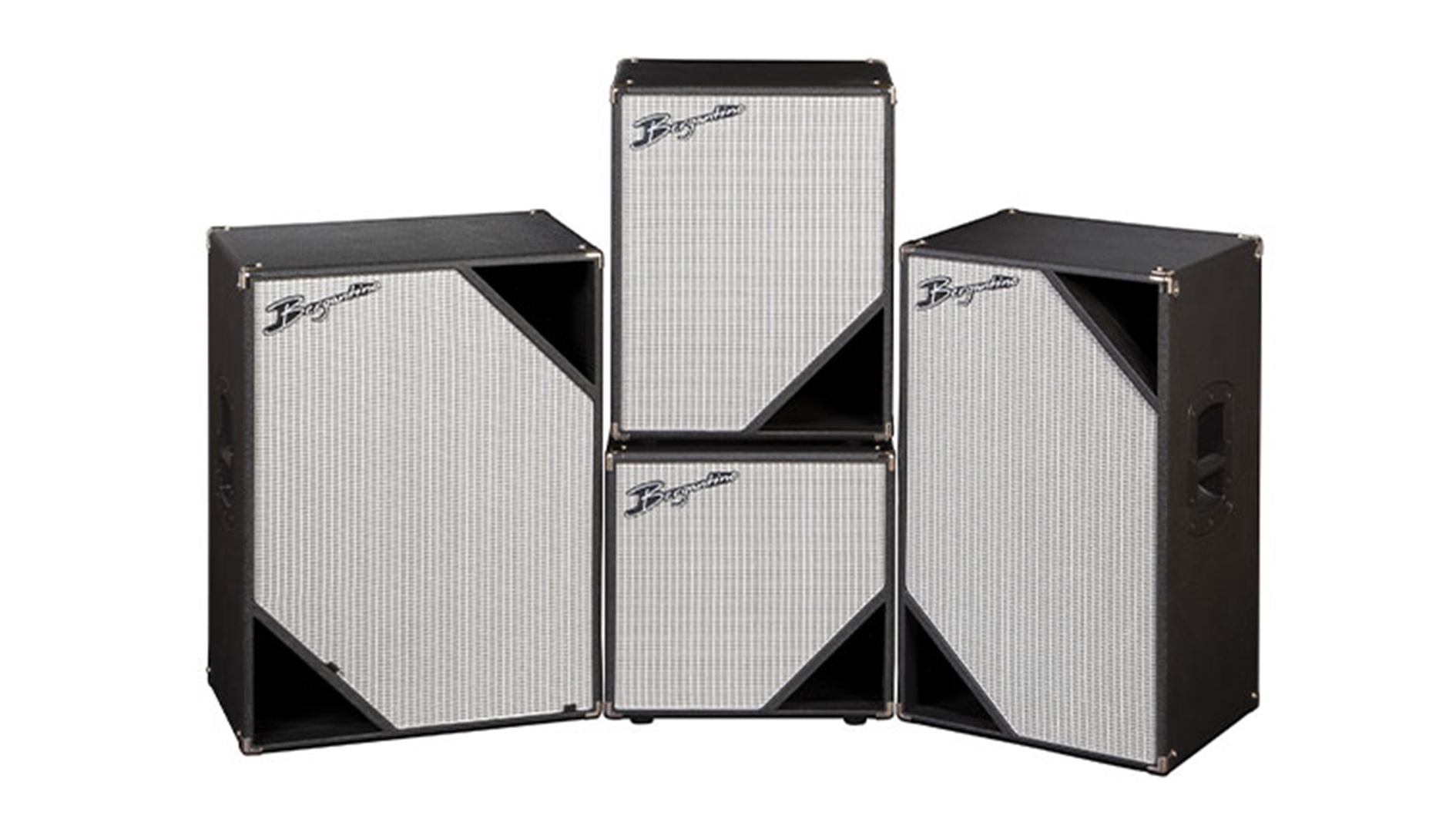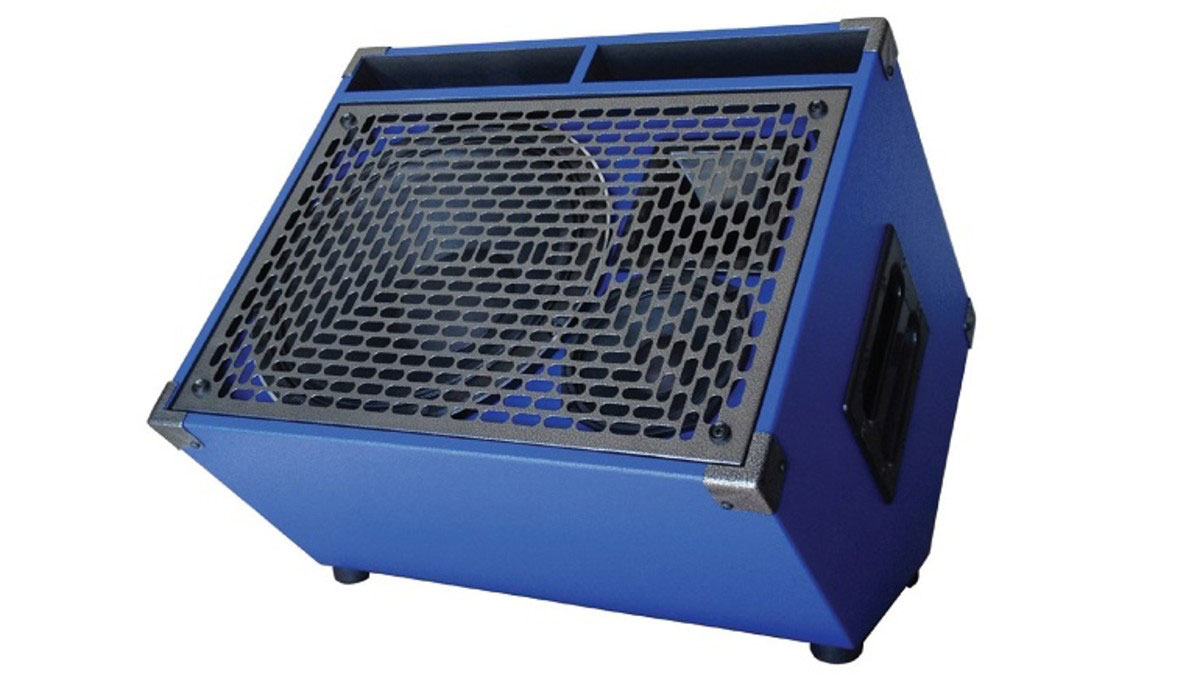Bass speaker cones explained
Everything you need to know about the different speakers found in bass amps

Welcome! The humble speaker cabinet comes in all different shapes and sizes, from PA systems at front of house, floor monitors, our bass guitar cabinets and hi-fi, among many others.
They all perform specific roles, with modern pro-audio manufactured to exacting standards to ensure the highest performance.
Come on, surely they’re all just boxes with speakers inside them?
No sir! The world of speaker and cabinet design is governed by some fairly complex parameters. Any well-designed system will have its drivers supporting the sound they make. Done badly, speaker design can leave the sound unbalanced, incoherent or, in the case of multi-way speakers, detached from one another.
All right, you’ve convinced us. What do we need to know?
For bassists beginning their gear journey, the first thing that often gets spotted is the number of speakers in the box and what size those cones are.
Bigger speakers have more bottom end, right?
It’s not quite as simple as that! The drivers themselves vary in construction so much that you can’t say that a 15” speaker has more perceived low end than, say, a 12” by looks alone.
So do I need lots of watts to be loud?
Watts alone is no gauge of how loud a speaker cabinet can be. A better place to look is the sensitivity – which means the amount of decibels you get out for the same electrical signal going in, also known as efficiency.
Check SPL – sound pressure level – measurements for the cabinet, too. Not all manufacturers specify these figures, which makes it difficult to compare speakers on paper.
Get The Pick Newsletter
All the latest guitar news, interviews, lessons, reviews, deals and more, direct to your inbox!
Yeah? Well, my cabinet goes all the way down to 30Hz.
A common misconception. You’d have to have a pretty impressive subwoofer as part of your backline to achieve those figures at high sound pressure levels on stage.
What’s more, you’ll upset the rest of the band – most certainly the mix engineer. You’re better off keeping sub frequencies off the stage, and let the front of house PA sort out your low end. Things will sound much clearer and tighter that way.
On which note, what does a tweeter do?
Our hearing range is incredibly wide. As youngsters we can hear between the frequencies of 20Hz and 20KHz, though as we get older our hearing does degrade... sooner if we don’t use ear protection at gigs! In speaker cabinet design, it’s often more practical to split that range over more than one speaker.
The larger speaker, or woofer, deals with the lows, and a smaller one, the tweeter, handles the highs. A circuit called a crossover inside the cabinet directs the sound portions to the correct speaker. You may even have a third driver for midrange frequencies, offering a three-way system.

What are sealed and ported cabinets all about?
Some drivers require an airtight container to work at their best: This is known as a sealed cabinet. Conversely, a ported cabinet has a vent, or sometimes a tube, which is tuned to support the all-important low-end frequencies that we require in order to do our job properly.
A ported cabinet may sound deeper due to the low-end extension, but a sealed cab can offer a controlled bass end, which is often described as tighter or more punchy.
Any other cabs I need to know about?
There are many, including ‘folded horn’ and ‘transmission line’ designs. These are efficient but cost more to make and, in the case of the former, can be large and complicated.
There are also isobaric cabinets, which place two speakers in separate compartments, one behind the other, joined by a port construction. Although having two speakers means a higher wattage headroom and support in the low end for a fatter sound, overall the SPL is not greater than a standard cabinet.
I want to add more speaker cabinets to my amp. Can I?
Yes – but you need to pay attention to your amplifier’s specifications and its manual. Next month I’ll cover impedance in detail – and we will be mentioning power in watts too. All will be revealed in due course, so I’ll see you here for more next month!
"Brilliantly precise monitoring headphones with wide open-back sound": Audio-Technica ATH-R70XA review
“We’ve painstakingly restored Les Paul’s original gear”: The Les Paul Recording Studio opens in Hollywood – bringing the innovator’s revolutionary gear to a whole new generation of musicians
![A black-and-white action shot of Sergeant Thunderhoof perform live: [from left] Mark Sayer, Dan Flitcroft, Jim Camp and Josh Gallop](https://cdn.mos.cms.futurecdn.net/am3UhJbsxAE239XRRZ8zC8.jpg)









